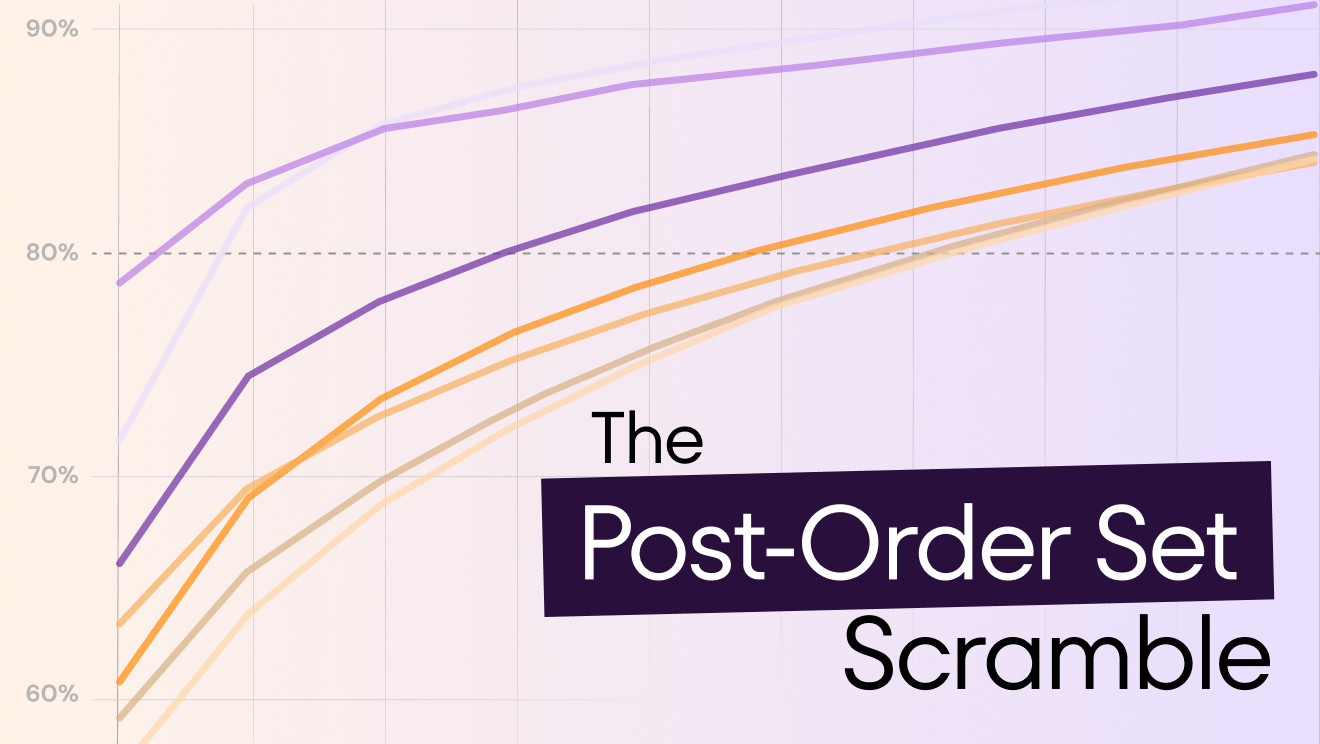Blog
Strategic Clinical Decision Support: Making Teams More Efficient Through Alignment
.png)

Strategic Clinical Decision Support: Making Teams More Efficient Through Alignment
As CEO of Phrase Health, I've learned that the most successful clinical decision support is about strategic alignment between clinical goals and workflow design. New research, published in Applied Clinical Informatics and based on our work with Temple Health, illustrates how thoughtful CDS governance can transform team efficiency.
The challenge isn't just poorly designed alerts. It's the fundamental misalignment between what clinical decision support systems do and what healthcare teams actually need to deliver efficient, high-quality care. When CDS interrupts workflows instead of enhancing them, it creates burden rather than value.
Strategic alignment creates efficiency
Temple Health's approach, led by AMCIO Tatyan Clarke, demonstrates how strategic CDS governance works. Rather than managing alerts reactively, they've built a systematic approach that aligns every clinical decision support intervention with both patient safety goals and provider workflow efficiency.
This means asking different questions: Does this intervention help clinicians make better decisions faster? Does it reduce cognitive load or increase it? Are we supporting clinical judgment or substituting bureaucratic processes?
The research reveals how one breast cancer survivorship alert created sustained burden for a single clinician over years—3,550 interruptions with virtually no clinical value. But the real insight isn't about this specific alert. It's about how strategic governance identifies and resolves these misalignments before they compound.
Temple Health's governance structure now continuously evaluates CDS performance, asking: Are we making the right clinical choice the easy choice? When interventions don't meet this standard, they're redesigned or decommissioned.
Effective CDS strategy requires three elements: clear clinical objectives, workflow integration, and continuous measurement. Teams become more efficient when clinical decision support anticipates their needs rather than interrupting their thinking.
This approach treats informatics as a clinical discipline. Just as we wouldn't implement a medication without monitoring its effects, we shouldn't deploy clinical decision support without measuring its impact on provider experience and patient outcomes.
Healthcare teams are under unprecedented pressure. Strategic clinical decision support can be a force multiplier, helping clinicians deliver better care with less effort. But this requires moving beyond reactive alert management toward proactive workflow optimization.
When CDS aligns with clinical goals and respects provider workflows, it transforms from a burden into a competitive advantage—making teams more efficient while improving patient care.
Read the new research here.

Written by
Marc Tobias
Jul 15, 2025
Written by
Marc Tobias
Jul 15, 2025
As CEO of Phrase Health, I've learned that the most successful clinical decision support is about strategic alignment between clinical goals and workflow design. New research, published in Applied Clinical Informatics and based on our work with Temple Health, illustrates how thoughtful CDS governance can transform team efficiency.
The challenge isn't just poorly designed alerts. It's the fundamental misalignment between what clinical decision support systems do and what healthcare teams actually need to deliver efficient, high-quality care. When CDS interrupts workflows instead of enhancing them, it creates burden rather than value.
Strategic alignment creates efficiency
Temple Health's approach, led by AMCIO Tatyan Clarke, demonstrates how strategic CDS governance works. Rather than managing alerts reactively, they've built a systematic approach that aligns every clinical decision support intervention with both patient safety goals and provider workflow efficiency.
This means asking different questions: Does this intervention help clinicians make better decisions faster? Does it reduce cognitive load or increase it? Are we supporting clinical judgment or substituting bureaucratic processes?
The research reveals how one breast cancer survivorship alert created sustained burden for a single clinician over years—3,550 interruptions with virtually no clinical value. But the real insight isn't about this specific alert. It's about how strategic governance identifies and resolves these misalignments before they compound.
Temple Health's governance structure now continuously evaluates CDS performance, asking: Are we making the right clinical choice the easy choice? When interventions don't meet this standard, they're redesigned or decommissioned.
Effective CDS strategy requires three elements: clear clinical objectives, workflow integration, and continuous measurement. Teams become more efficient when clinical decision support anticipates their needs rather than interrupting their thinking.
This approach treats informatics as a clinical discipline. Just as we wouldn't implement a medication without monitoring its effects, we shouldn't deploy clinical decision support without measuring its impact on provider experience and patient outcomes.
Healthcare teams are under unprecedented pressure. Strategic clinical decision support can be a force multiplier, helping clinicians deliver better care with less effort. But this requires moving beyond reactive alert management toward proactive workflow optimization.
When CDS aligns with clinical goals and respects provider workflows, it transforms from a burden into a competitive advantage—making teams more efficient while improving patient care.
Read the new research here.

.svg)
.svg)


